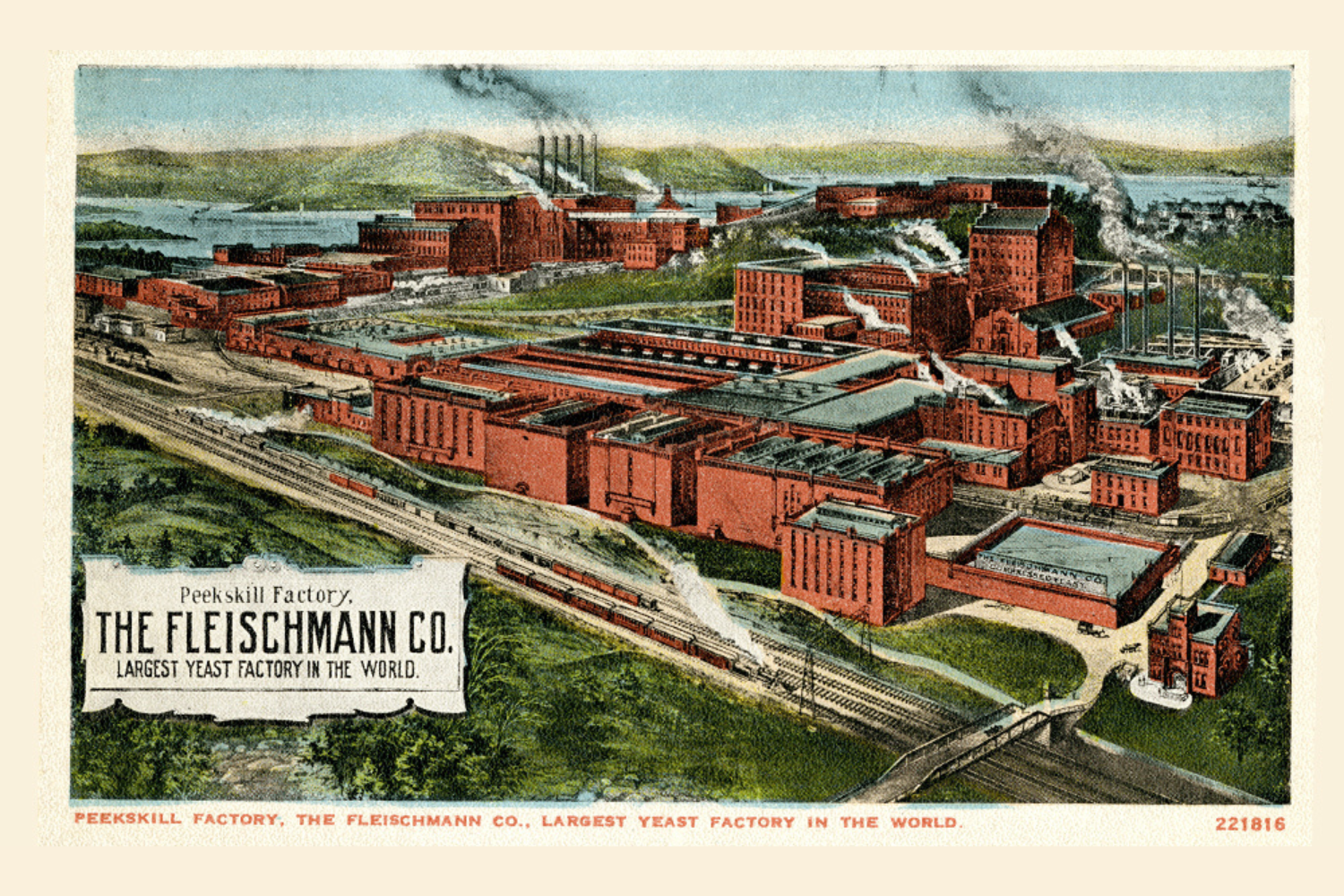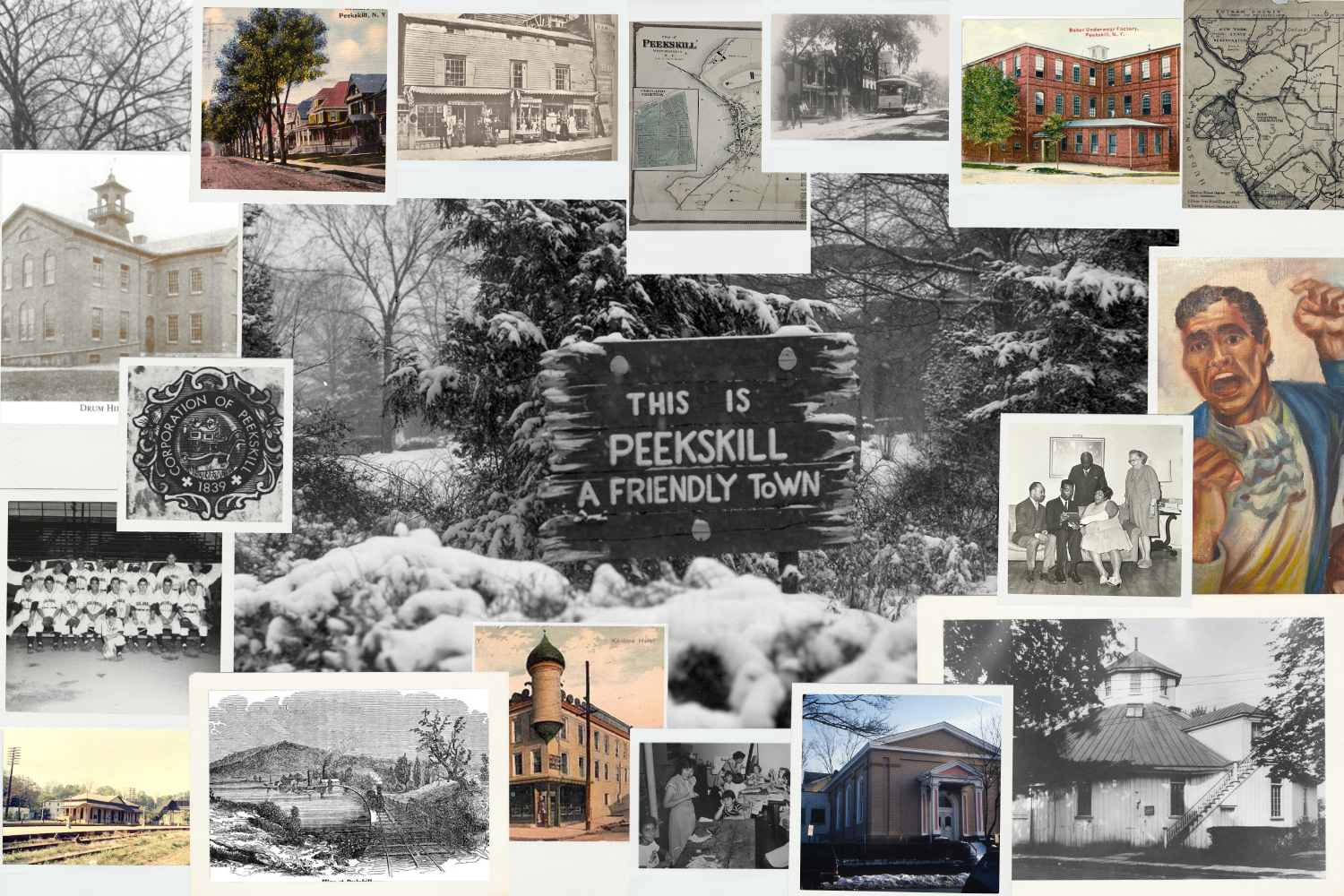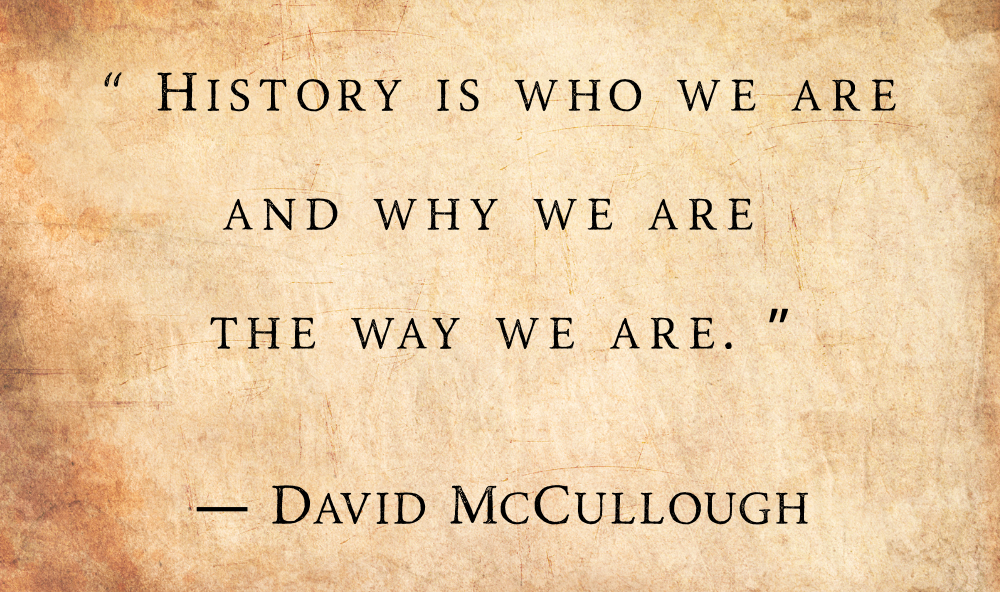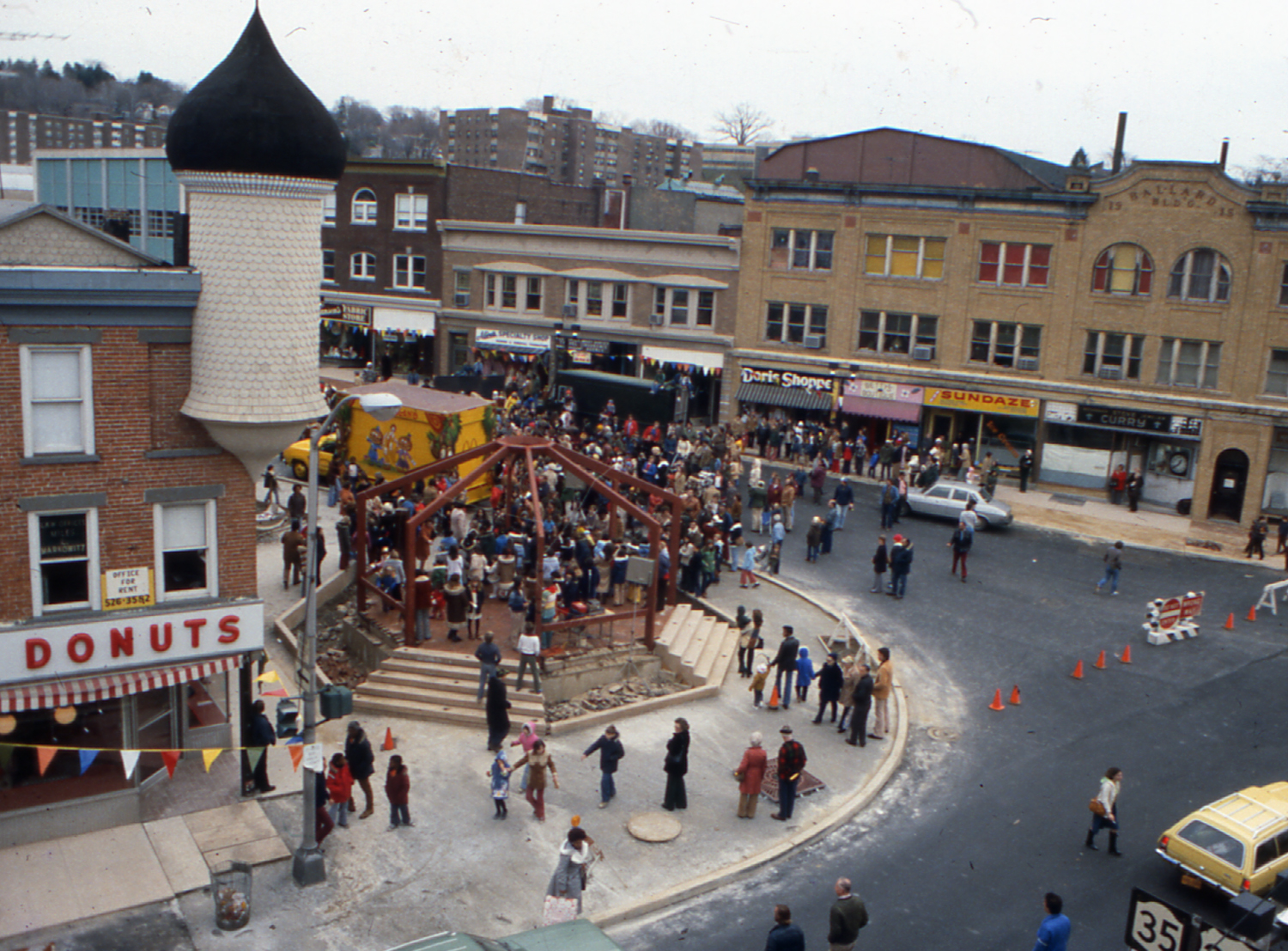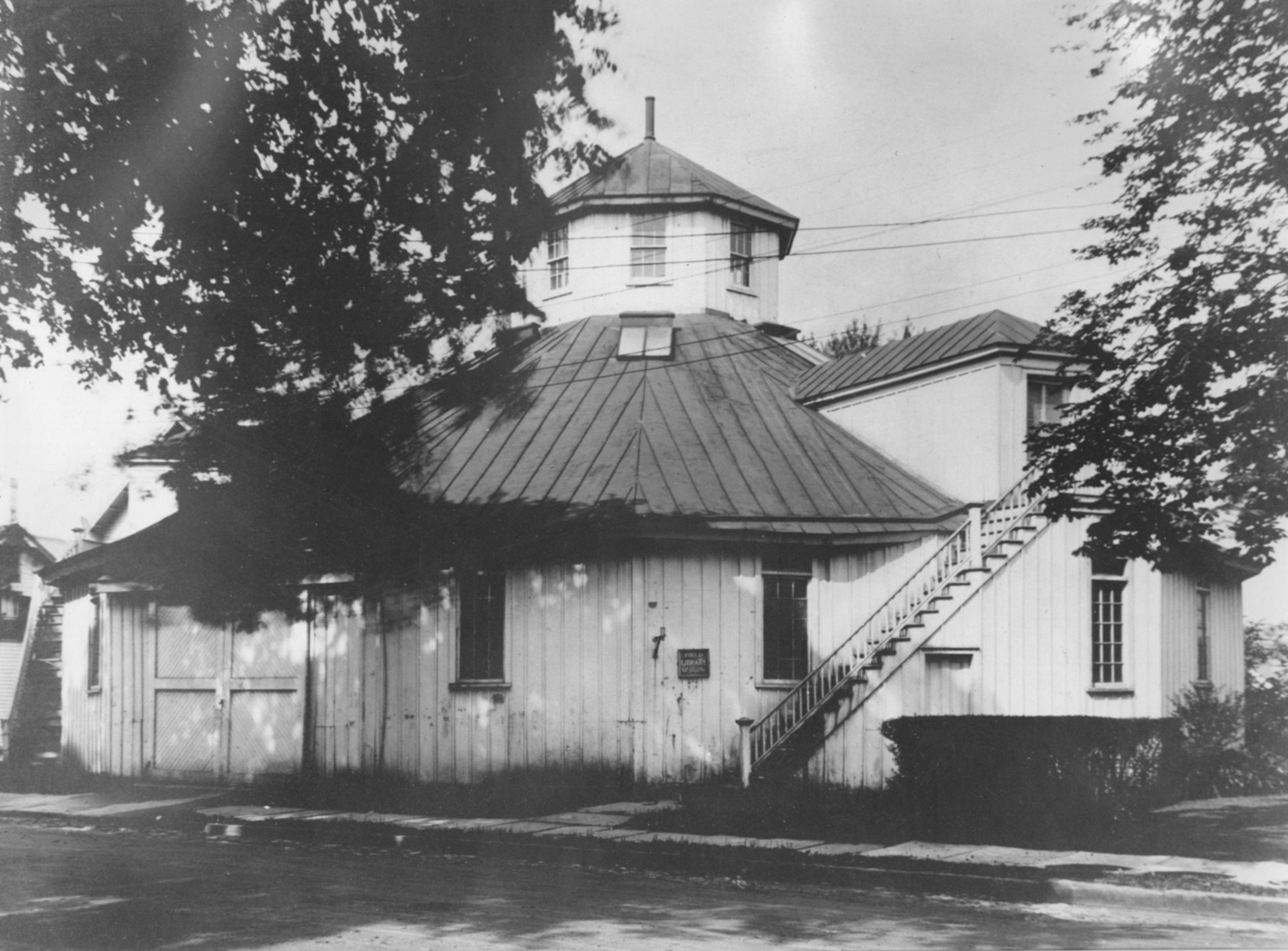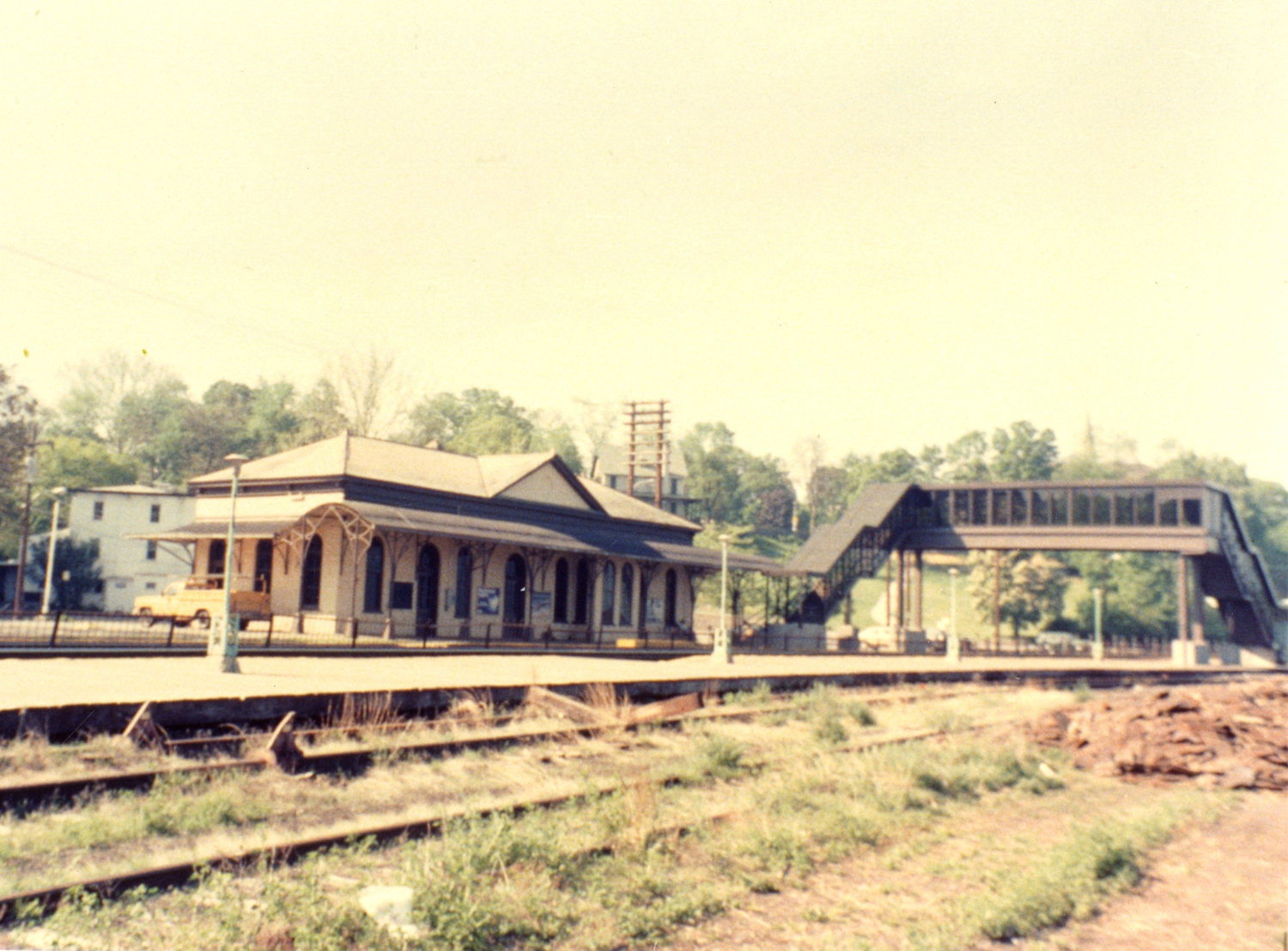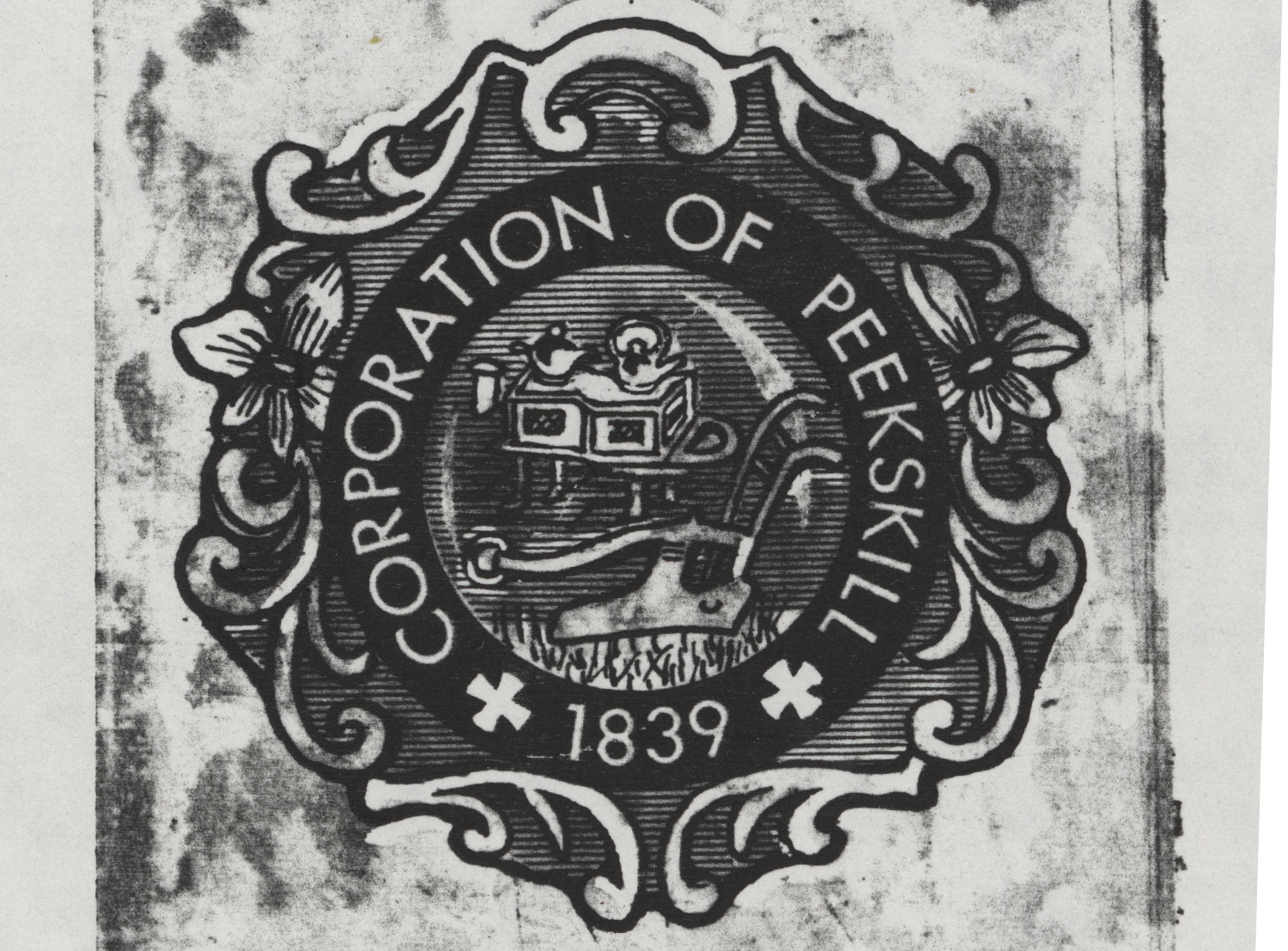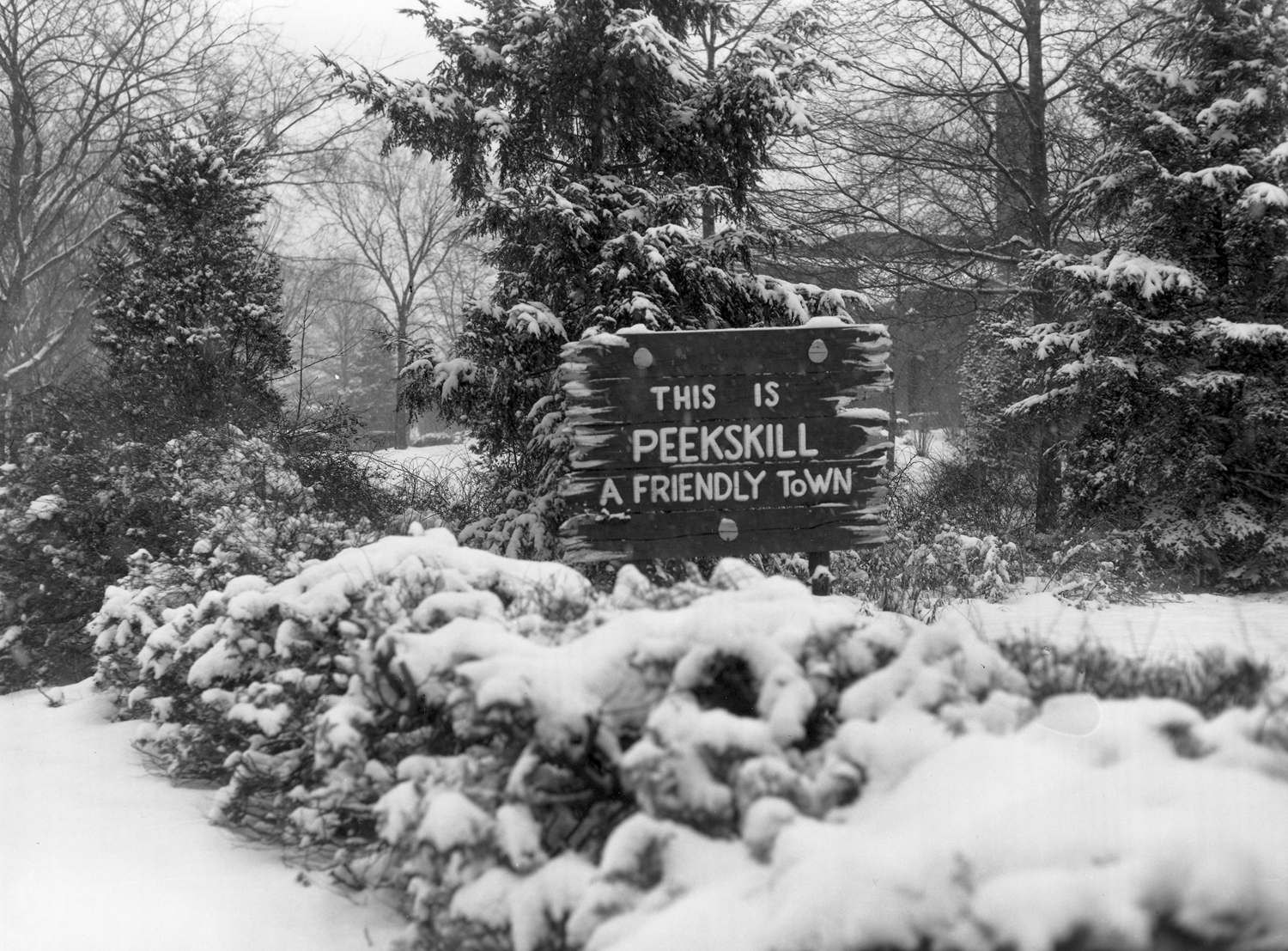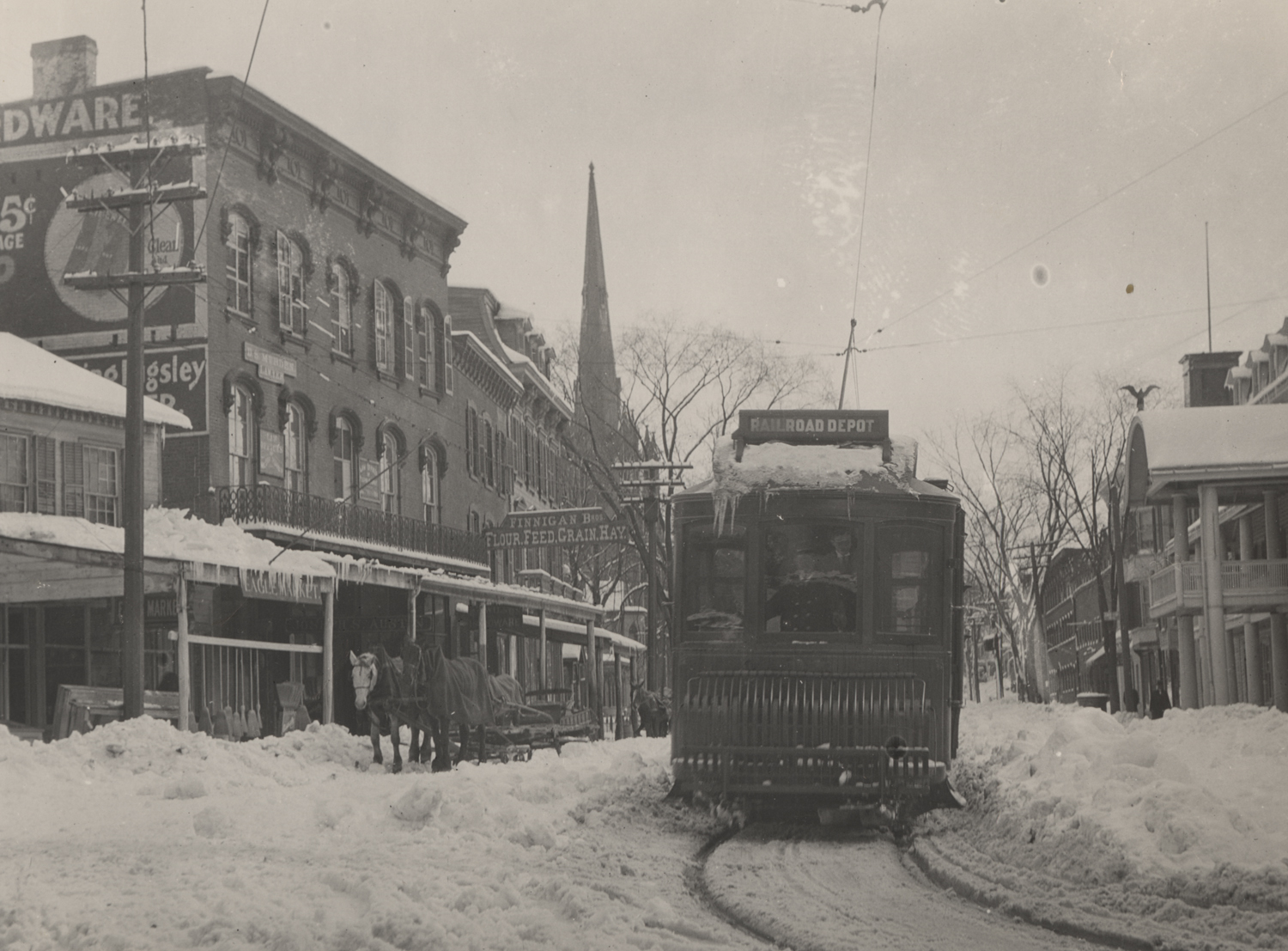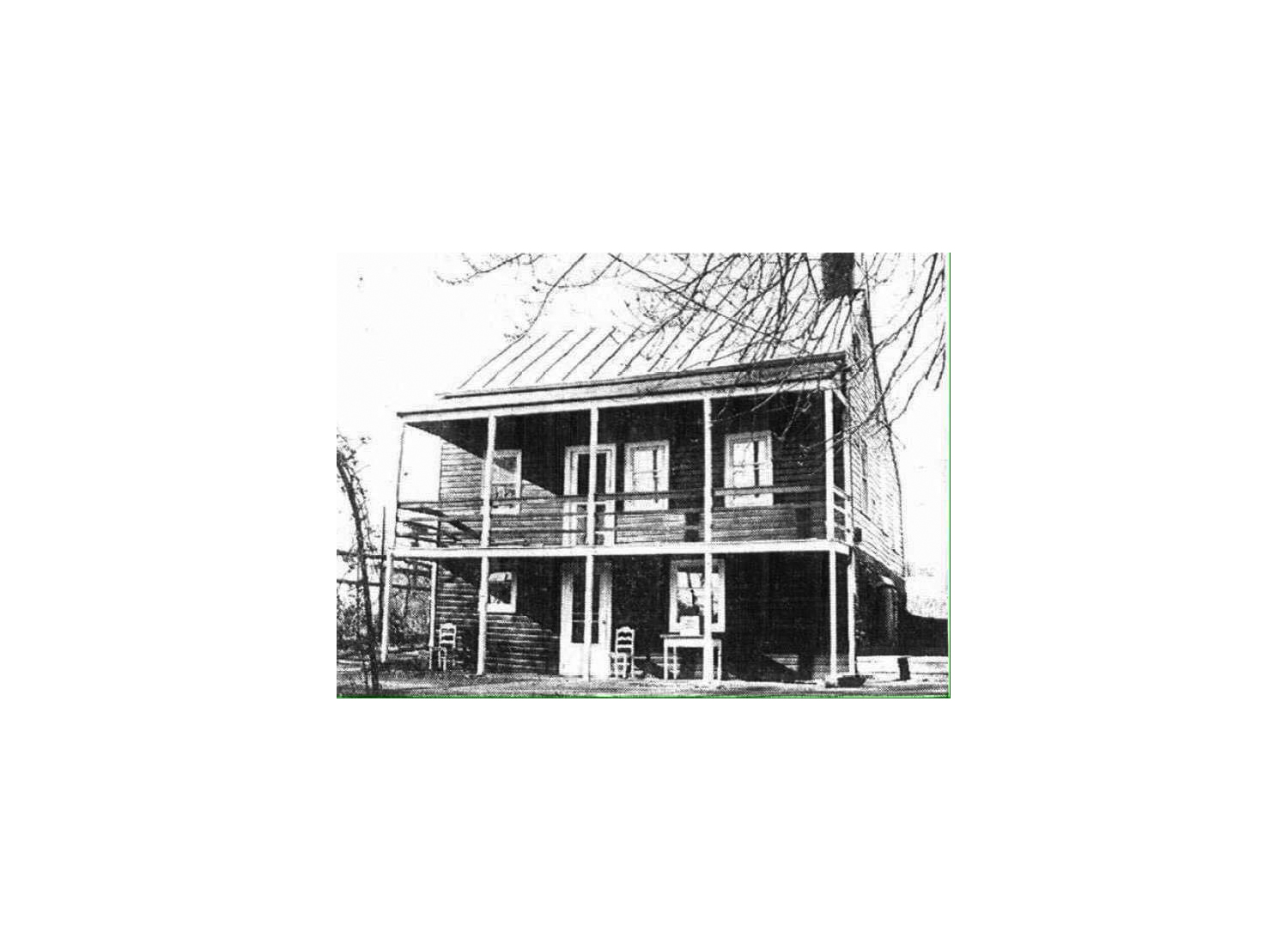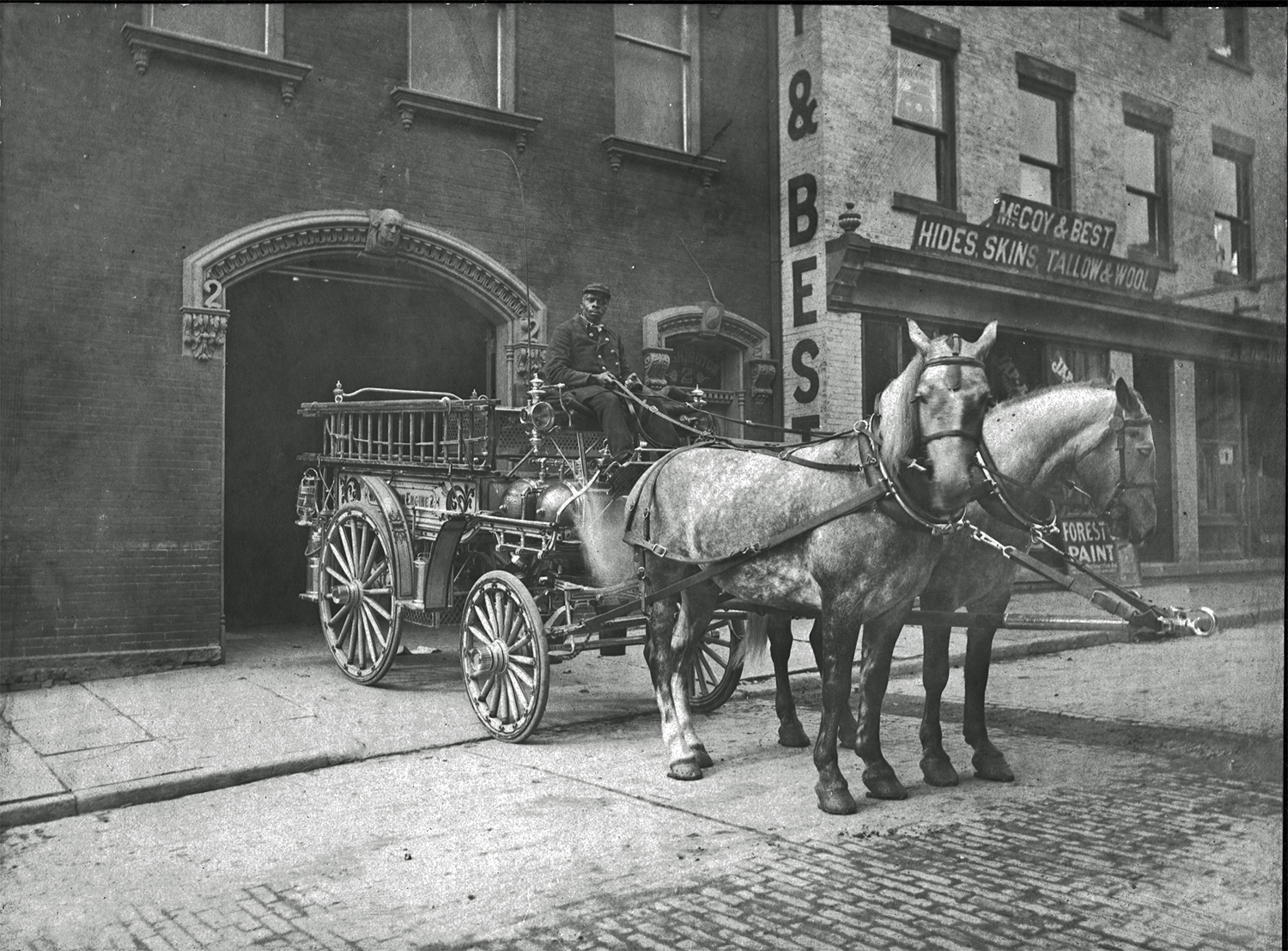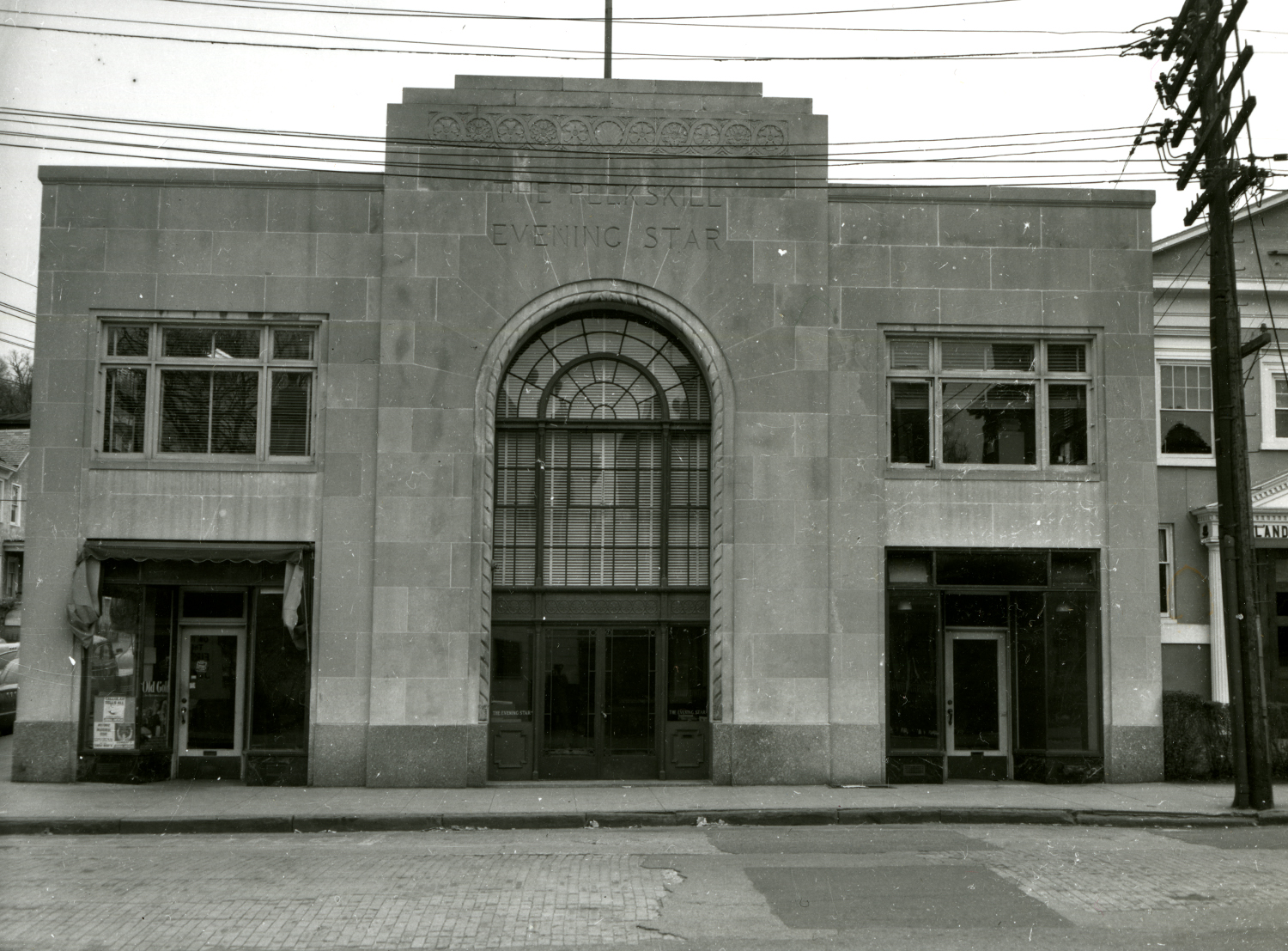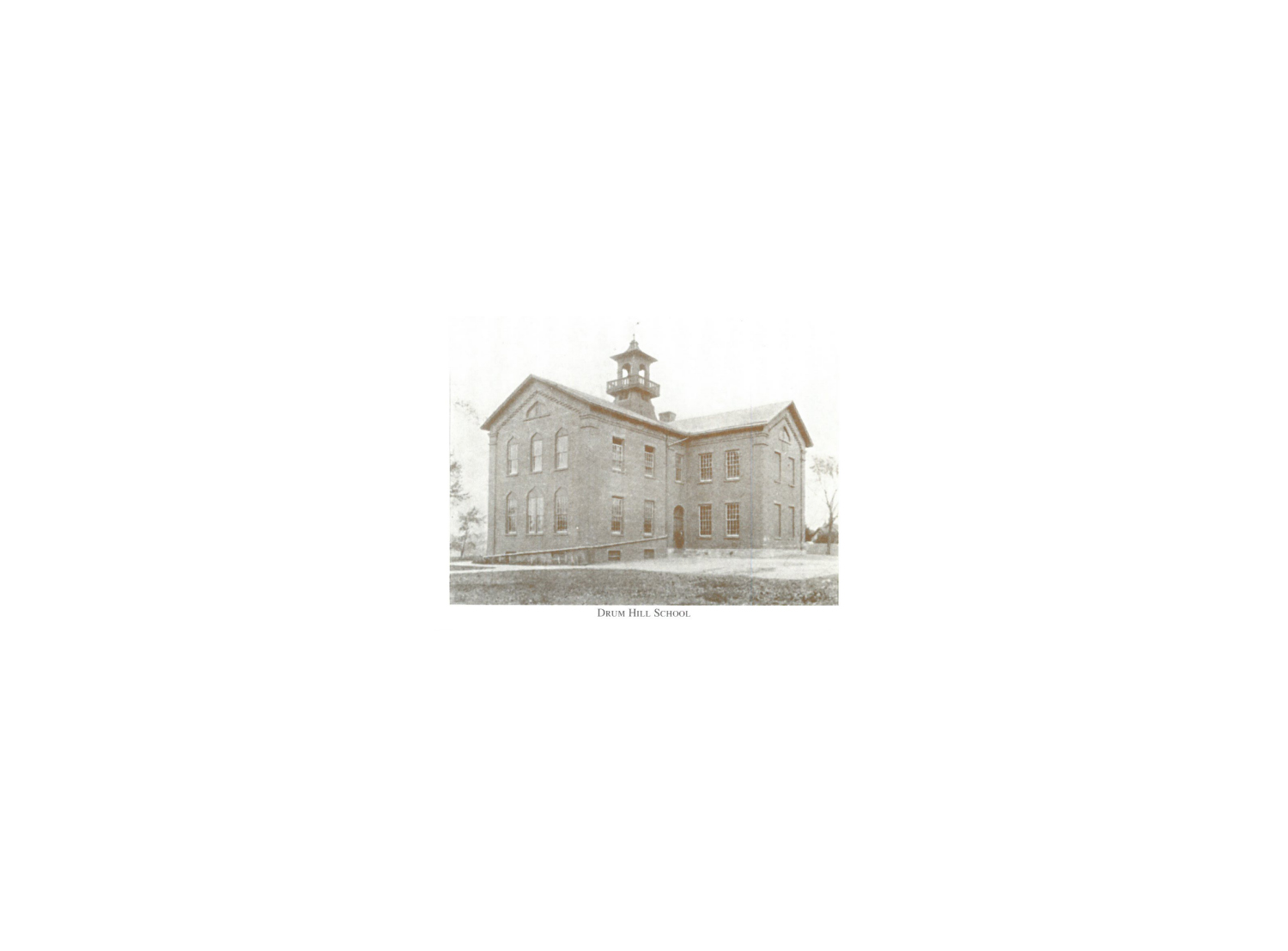Local History
Throughout its history, Peekskill has played an integral role in local and national events. Located along the east side of the Hudson River about 50 miles north of New York City, Peekskill quickly developed an important role in manufacturing as early as the American Revolution, where the Continental Army established their headquarters in 1776. Home to notable residents such as Hawley and Hariet Green, Henry Ward Beecher and William Sands, Peekskill was an important stop on the Underground Railroad through the American Civil War. Continuing to grow after Reconstruction, foundries expanded, business diversified and infrastructure improved. From 1609 when Henry Hudson anchored in Peekskill to the present, Peekskill has enjoyed a prominent place in the social, cultural and economic development of Westchester County.
Photo Archive Highlights
A Brief History of the Field Library:
The Field Library was founded in 1887 by Cortlandt de Peyster Field. It was originally located in de Peyster Field’s riding academy on Smith Street (pictured above). The state legislature granted the newly established library 5,000 books and a $10,000 endowment. In its first year, 8,000 Peeskillians were registered library users. The Colin T. Naylor, Jr. Archive maintains a copy of this register.
In 1920, the opportunity arose for the Field Library to have a more convenient central location. The First and Second Presbyterian Churches of Peekskill united, leaving an empty building on South Street (originally built in 1845). A committee of 17 people, headed by Chester A. Smith and Frank M. Dain worked tirelessly to raise the $20,000 necessary to purchase the old Second Presbyterian Church for the Field Library. The Committee succeeded and the church was presented to the library in a special ceremony on December 19, 1921. By 1924, renovation was completed and the Second Presbyterian Church officially became the new Field Library.
About 50 years later, the library was ready to move into another location. By 1970, plans had been made to create a “neighborhood center” which would feature a library, museum, police precinct, and courthouse. A main feature vital to the building of this community center, was accessibility. Specifically, architects, city officials, and librarians alike wanted to guarantee the safety and usability for wheelchair users and other people with disabilities. The process of drawing floor plans, getting approval, and construction took approximately 8 years. In the summer of 1978, Peekskillians rejoiced in their new and improved library facility.

